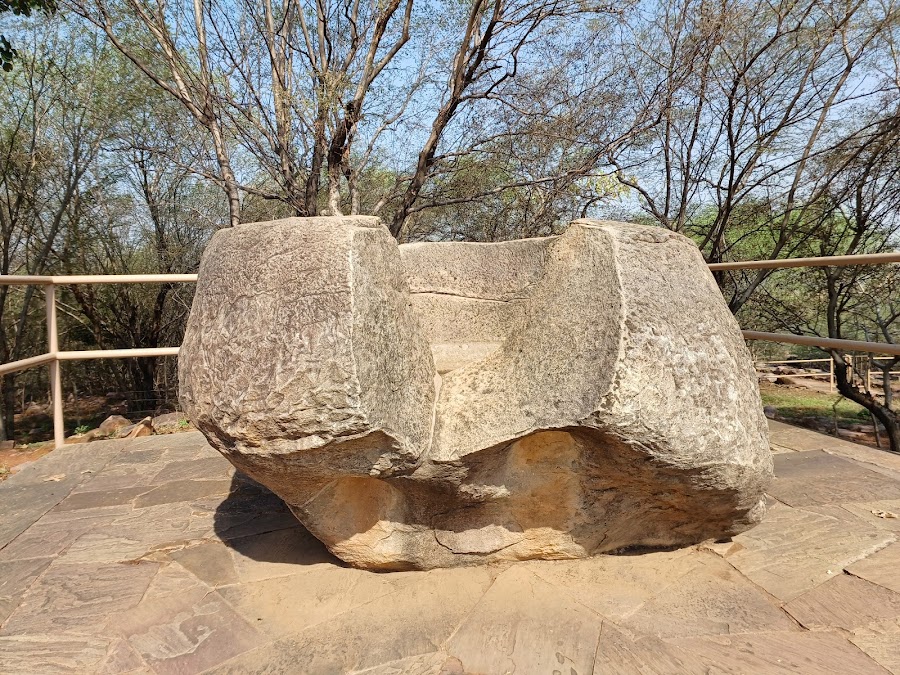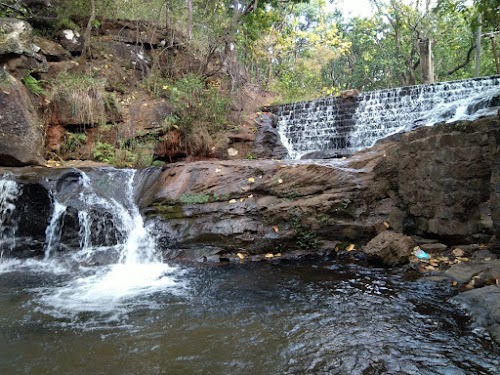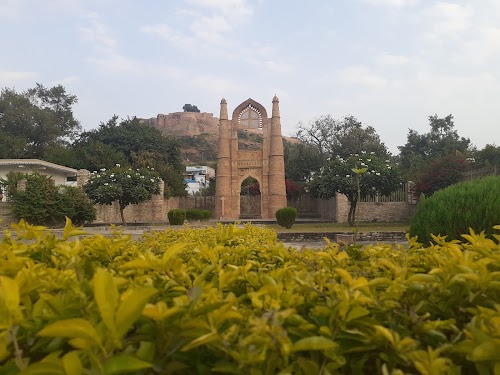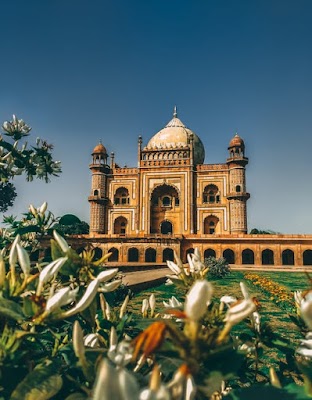
Sanchi, India
Sanchi, a UNESCO World Heritage site in Madhya Pradesh, India, is renowned for its ancient Buddhist monuments, particularly the Great Stupa. This serene hilltop complex offers a captivating glimpse into India's rich Buddhist heritage. The site showcases impressive stupas, monasteries, temples, and pillars dating back to the 3rd century BCE. Visitors can explore the intricate carvings on the stupa gateways depicting scenes from the Buddha's life and previous incarnations. Sanchi provides a peaceful and reflective atmosphere, allowing visitors to connect with history and spirituality amidst the scenic beauty of the surrounding landscape. It is a must-visit destination for history buffs, architecture enthusiasts, and those seeking a tranquil escape.
Known for:
History:
Sanchi's history dates back to the 3rd century BCE when Emperor Ashoka commissioned the Great Stupa. It later flourished under the Sunga dynasty, who added gateways and other structures. The site experienced periods of decline and rediscovery. In the 19th century, archaeological efforts led to its restoration and recognition as a significant historical site. The monuments at Sanchi provide valuable insights into the evolution of Buddhist art and architecture in India. The site's historical importance lies in its role as a major center for the spread of Buddhism and its preservation of ancient Buddhist traditions.
How to reach:
The nearest airport is Raja Bhoj Airport in Bhopal, about 46 km away. Sanchi has its own railway station, well-connected to major cities in India. Regular buses and taxis are available from Bhopal and nearby towns.
Places in Sanchi, India

Sanchi Stupa
Sanchi, India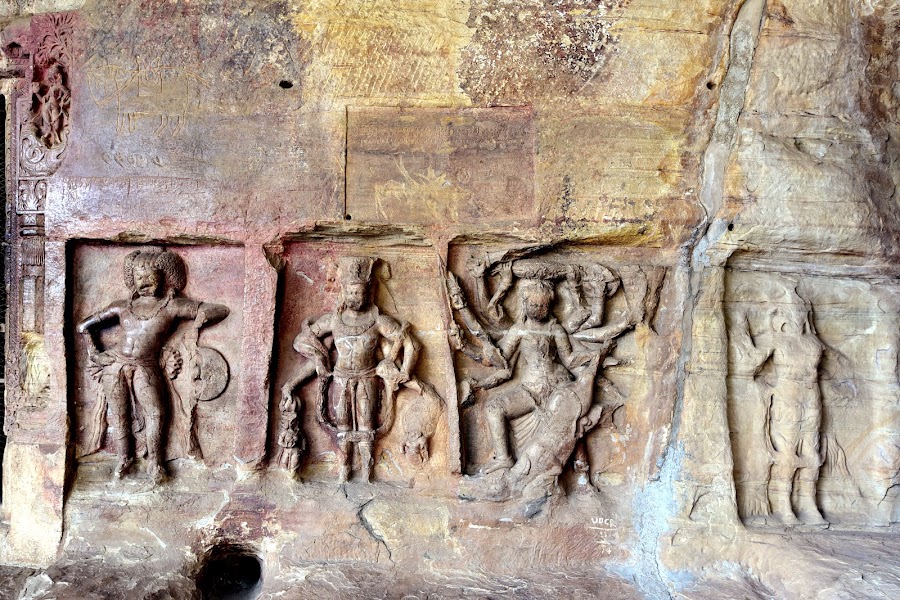
Udayagiri Caves
Sanchi, India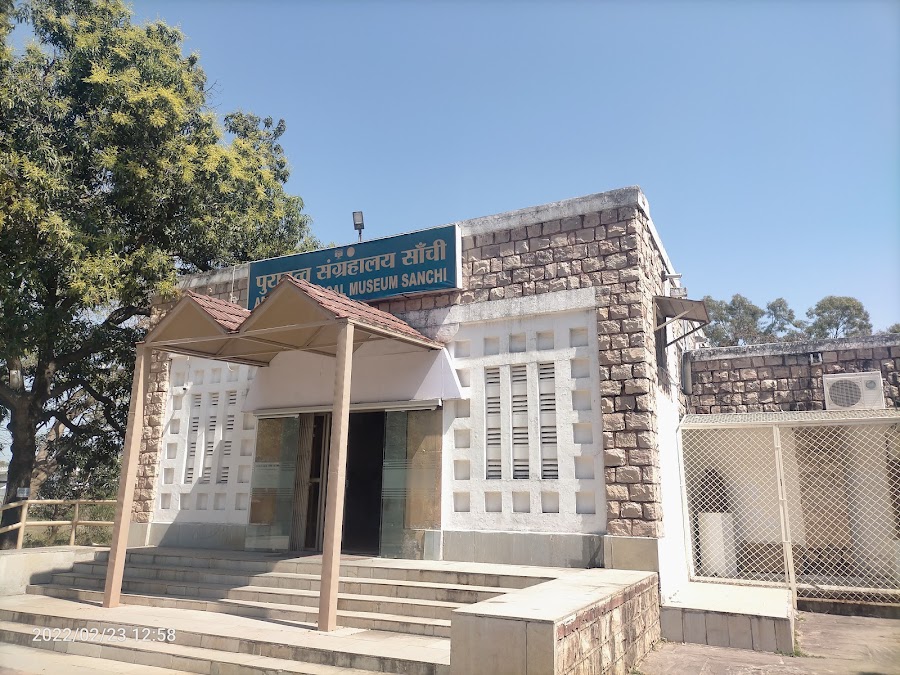
Sanchi Archaeological Museum
Sanchi, India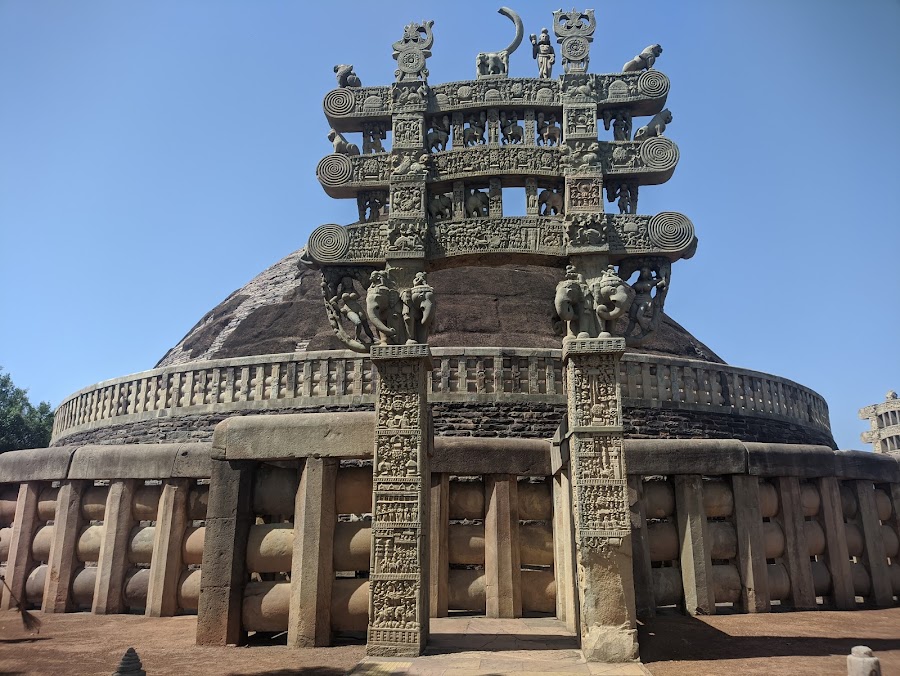
Ashoka Pillar
Sanchi, India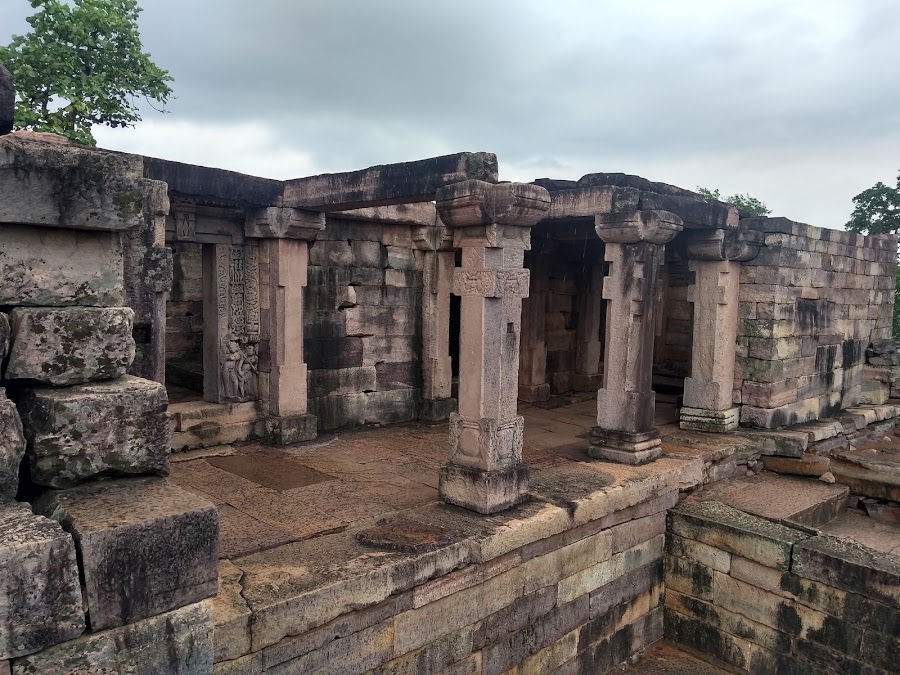
Gupta Temple
Sanchi, India